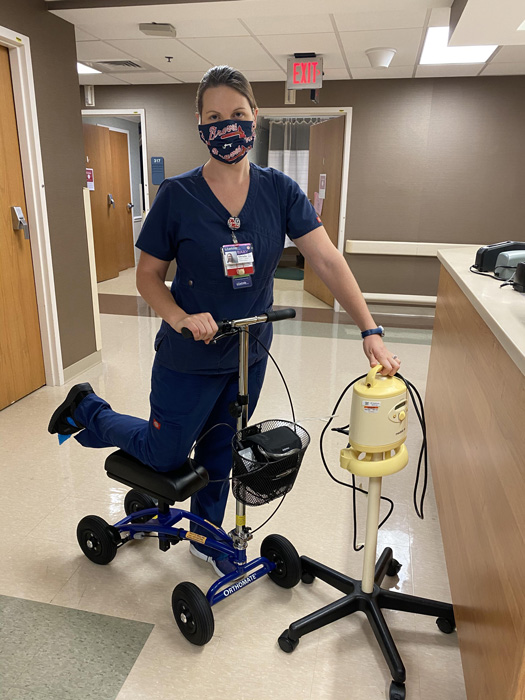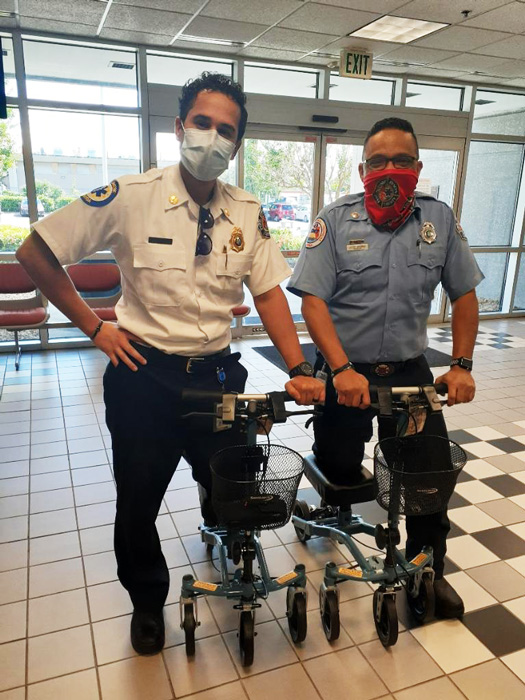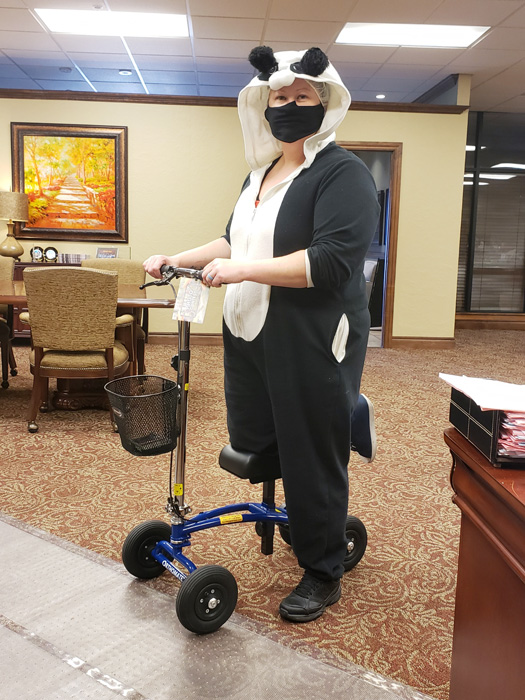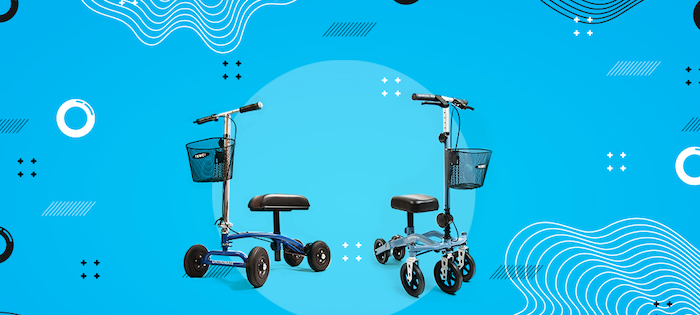
How to Return to Work After A Foot Injury
Returning to work after an injury is never easy to do, and can be more challenging if you've suffered a foot injury--one of the most complicated joints in your body.
You want to get back as soon as possible, but you also don't want to risk injuring yourself further. There are also factors like finances and being able to be away from your job for a certain amount of time.
Here are some things to consider when returning back to work from a foot injury.If you injured yourself at work
If you're hurt on the job, you'll most likely be going through a workers compensation program like worker's compensation insurance.
Worker's compensation insurance is designed to provide accident employees with financial compensation and medical coverage.If your injury wasn't caused in the workplace
If your job does require you to be on your feet, then you may need to do more to prepare for your return to work.
The type of injury you have will determine how much time off is required. If it's a simple sprain or strain, your doctor might recommend two weeks off, but if it's a fracture or dislocation, then you'll probably need to take six weeks off. Your doctor will determine this.Communicate
We all need an environment that's conducive to work. Chances are, if you have a foot injury, you'll be using crutches, or even better, a knee scooter. It's important to communicate with your coworkers and managers your needs to best accommodate yourself back at work.Returning to work
It helps to work with your doctor and your employer to draw up a recovery plan. There are several things you can put in this plan, including communication with your employer about the nature and extent of your injury, reasonable accommodations so that you can perform your duties as best you can.
As you plan for your return to work after an injury, you will want to choose a mobility aid that will enable you to continue performing your job duties.
Depending on your injury, a knee scooter may be a great choice for you.


Getting around
Using traditional assistive devices such as canes and crutches can make it harder for injured workers to perform their jobs in healthcare, industry, and labor.
If you’re a doctor in a hospital, crutches will make it take twice as long to go from one floor to another. Using a cane or crutches can make it harder for teachers to travel between campuses or different classrooms.
But what if you're seated most of the time?
Even when returning to a sedentary position, you'll have obstacles in your day.How can you maneuver around tight spaces with cubicles and desks?
How to will you get around your breaks and lunch time?
How will you get from your car to your office, and back?
What if there was a mobility device that was almost faster than walking?Using knee scooter
A knee scooter is a mobility device that allows you to rest your injured foot on a knee-rest platform, push yourself forward with your able foot and steer towards the direction you want to go.
They can be faster than walking, once you get the hang of it!

Knee scooters can be safer to use than crutches and can give you a self-esteem boost—since they allow you to do things independently. They also allow you a way to get back to work sooner, as knee scooters do not compare in ease of use to canes or crutches.Renting a knee scooter
Most foot injury recoveries can take around 2 weeks, others a little longer. If you foresee needing a knee scooter for a short amount of time, renting a knee scooter can be more cost-effective than purchasing one.
At Rent A Knee Walker, we do knee scooter rentals for $30 a week, with free shipping anywhere in the continental US.
Check out our guide on how to rent a knee walker and save money.What's the best knee scooter for use at work?
There are many knee scooter models out there, it can get overwhelming choosing which features and price points are the best for each individual.
To help choose the perfect knee scooter that fits your lifestyle, check out our What is the Best Knee Scooter for Me guide to help narrow down your choice.Final thoughts
While getting back to work may be a fundamental step in getting back to normalcy, as long as you take appropriate precautions and pace yourself, you can slowly continue your normal roles and responsibilities.
By listening to your body, working safely and responsibly within the limits of your injury, you can help put a foot injury behind you and get back to normal.
More Great Rent A Knee Walker News & Stories
- •
- •
- •
- •
- •

